Introduction
A geocomposite drain comprises a core laminated to one or two geotextiles and its primary function is in-plane flow under applied compressive load. The core is typically made from High Density Polyethylene (HDPE) formed as either a bi-planar or tri-planar geonet, a cuspated sheet or a random fibre mat. The geotextile laminated to one or both sides of the core is typically a polypropylene non-woven geotextile. The in-plane drainage performance is the most important factor to consider. However, the datasheets for geocomposite drains present a host of other information, including tensile strength, which is often irrelevant to the performance of the product.
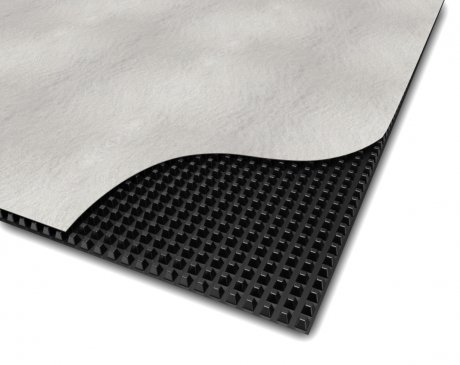
Figure 1: Cuspated geocomposite drain
Datasheets
The in-plane flow capacity is the most important factor presented on the datasheet for a geocomposite drainage product. It is tested to EN ISO 12958 or ASTM D4716 at pressures representative of site conditions and with soft foam boundaries to replicate site soils. Reduction factors for creep, chemical clogging, installation damage etc. are applied to the tested in-plane flow capacity to provide expected flow rates over the life of the project (ABG 2019a). The product’s datasheet is obliged to present a host of other information as well. Geotextile pore size, permeability, break through head etc. are all very relevant to the long term performance of the geocomposite. Mass and thickness, however, are largely irrelevant except for CQA checks that the correct product has been supplied to site. The ultimate, or yield compressive strength is also meaningless because the in-plane flow of the geocomposite may have reduced to near zero well before the ultimate compressive strength is reached. Tensile strength at break is also largely irrelevant as we shall see.
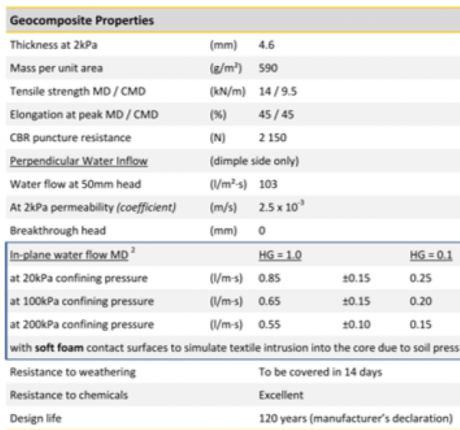
Figure 2: Extract from a typical geocomposite drain datasheet
Tensile Strength
Tensile strength tested to BS EN ISO 10319 or ASTM D4632 is a prime function of a reinforcing geosynthetic such as a geogrid. For geogrid design, the strength at 2% or 5% strain is utilised, to which reduction factors for creep, chemical degradation, installation damage etc. are applied. However, when tensile strength at break appears on a geocomposite drain datasheet this is extremely misleading. Unlike the example of a geogrid, the tensile strength presented on the datasheet for a geocomposite drain is not an indication of the usable tensile strength.
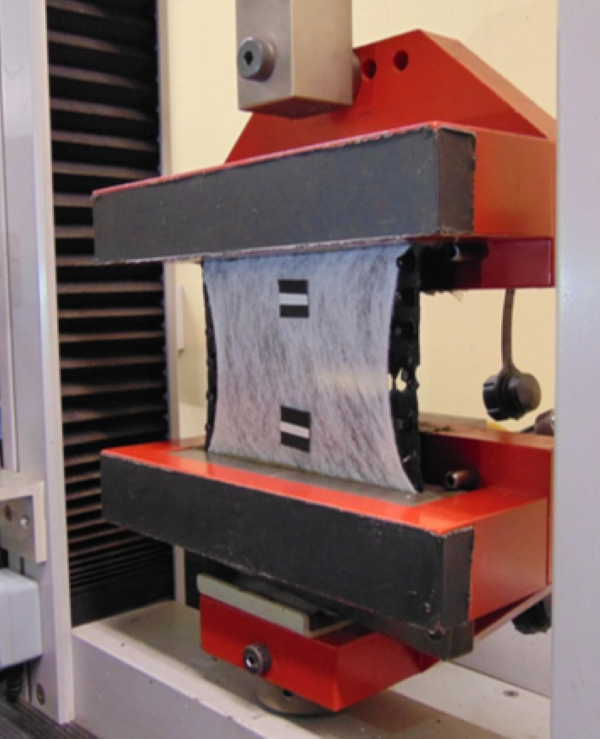
Figure 3: Tensile testing of a geocomposite drain
The stated tensile strength of a geocomposite drain comes either from the HDPE core, the polypropylene geotextile, or both – but in all cases the high elongation at break makes the value meaningless for two reasons. In tension, the HDPE core of the geocomposite will be subject to a phenomenon known as Environmental Stress Cracking (ESC) and is therefore likely to fail unexpectedly at tensile stresses well below the yield stress, measured by BS EN ISO 10319 or ASTM D4632 (ABG, 2019b). ESC failure only relates to HDPE in tension and not to polypropylene (PP).
ABG geocomposite datasheets present only the tensile strength of the PP geotextiles for this reason and take no account of the strength of the HDPE core. However, the geotextiles are intended primarily for filtration and separation, and the tensile strength is irrelevant to the long term performance of the geocomposite. To be useful for reinforcement design, the 2% and 5% strain tensile strength values are required. The other reason is that at tensile elongation >10% the HDPE core is so distorted that there may be very little in-plane flow capacity remaining and the geocomposite is no longer able to provide its primary function of drainage.
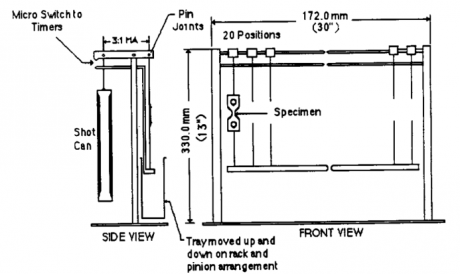
Figure 4: Environmental Stress Crack test setup to ASTM D5397
Geocomposites on Steep Slopes
Environmental containment systems often require a geocomposite as the subsurface drainage layer above the geomembrane barrier and below the cover soil. The design of the slope is stable when the shear strength of the interfaces between the geomembrane and geocomposite, and the geocomposite and the cover soil, are each greater than the downslope force from the weight of the cover soil. With adequate interface shear strength, there will be no tensile forces in the geocomposite.
Geocomposites such as Pozidrain G create higher than normal interface shear strengths. Where interface shear strengths are not balanced, such as on very steep slopes, a geogrid should be used to manage tensile forces, rather than relying on the tensile strength of the drainage geocomposite.
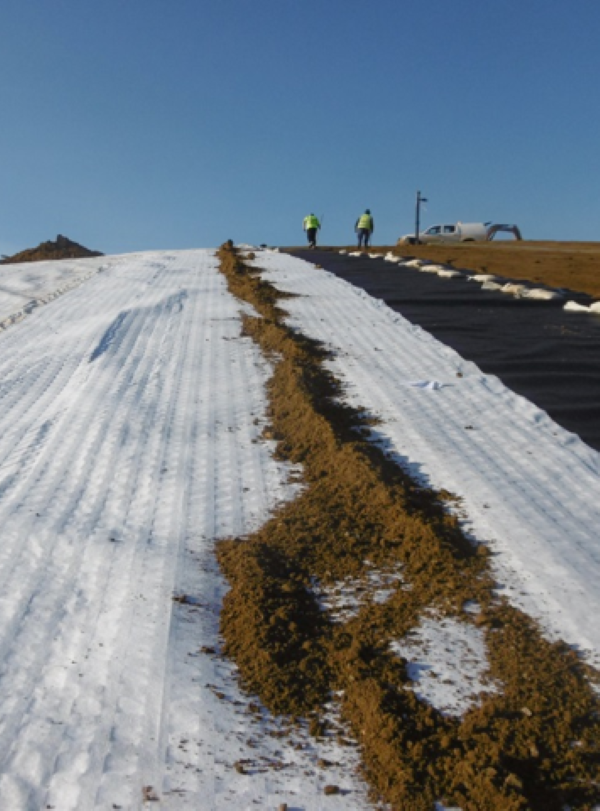
Figure 5: Landfill cap construction
Conclusion
Tensile strength values on a geocomposite datasheet are often meaningless and cannot be used in design. A geocomposite in tension often has marked in-plane flow reduction and may result in downslope settlement outside of acceptable limits. A standard drainage geocomposite should not be used as a tensile element.
References
ABG (2019a) ABG Pozidrain vs. Granular Drainage Layers
ABG (2019b) Durability: ESCR – Environmental Stress Crack Resistance of HDPE
ASTM D4632-08 (2008), Standard Test Method for Grab Breaking Load and Elongation of Geotextiles. ASTM International, West Conshohocken, PA, 2012, www.astm.org
ASTM D5397-07 (2012), Standard Test Method for Evaluation of Stress Crack Resistance of Polyolefin Geomembranes Using Notched Constant Tensile Load Test. ASTM International, West Conshohocken, PA, 2012, www.astm.org
British Standards Institution (2008) BS EN ISO 10319:2008, Geosynthetics – Wide-width tensile test.